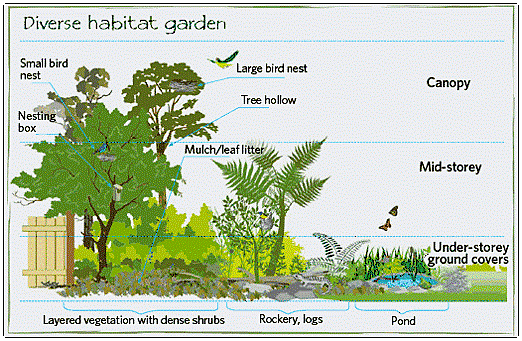

Birding in St. James and Coastal Brunswick County, NC

Local & Regional Birding
There is great interest regarding birding in North Carolina. The North Carolina coast is one of the top-rated regions for bird biodiversity. The impressively unique geography of our region provides a rare opportunity to birders, as multiple ecosystems come together in a beautiful medley of habitats. We must maintain the responsible use of our local, natural resources, as property owners and as community leaders.
St. James is included in the Atlantic Flyway which is a primary migratory route for birds spanning the eastern coastline of the United States. We, therefore, have a front row seat to a remarkable display of migratory birds and waterfowl. Take a moment when you are out and about to notice the abundant shorebirds around St. James right now through early November, Fall peak Migration time. We know all the great birding hot spots. It's a great time to experience birding in St. James and our Birding Philosophy is to share the joy of birding with everyone.
In the .pdf below, you will see that approximately 108 species of birds have been identified here!
Check our impressive list of St. James birds from our dedicated birders!
Watching birds has become part of my daily meditation affirming my connection to the earth body. - Carol P. Christ


Speaker Presentations
Reaching out to the coastal region
and beyond to bring you
knowledgeable, entertaining experts
to share their passion. Topics relate to the many aspects of birding and their habitat. From scientists to researchers to writers and photographers, our team has connections and networks across the state.
Information Sharing
Wildlife, particularly birds, instinctively seek out environments that offeressential resources like food, shelter, water, and safe nesting areas. If anyof these vital components are lacking or if they sense danger, they will quickly relocate to more suitable areas.
We share valuable information to empower you to understand various species, their habits and needs. We also help you learn how to seek out and experience the delight of observing a diverse array of birds throughout the year. Birding in St. James is not a "one size fits all". Let's share our best practices with everyone.


Enhancing Habitat
Any habitat, such as your property, once consisted of an ecosystem or environment in which an animals, plants or other living organisms had lived and evolved over a considerable period of time. That habitat provided all the necessary ingredients they needed to survive, and those resources also helped to ward off possible predators, while providing the right environs for reproduction.
To enhance your property toward becoming a bird friendly habitat, it is crucial to supply the same fundamental elements: food, water, shelter, and suitable locations for raising offspring.
Incorporate native plants to offer natural food sources and protective cover, while also ensuring a consistent, clean water supply.
Provide shelter using native trees, shrubs, brush piles, or rock formations, and create designated nesting sites such as birdhouses.
Ultimately, adopt sustainable practices, including the avoidance of pesticides, minimizing lawn space, and implementing water-efficient landscaping to foster a thriving ecosystem for all species.
Learn about St. James becoming a certified Community Wildlife Habitat through the National Wildlife Federation.



2025 Great Backyard Bird count Results
Each February, for four days, the world comes together for the love of birds. Over the four days people spent time in their favorite places watching and counting as many birds as they could find and reporting them. These observations help scientists better understand global bird populations. The event is now over but birding counts are still being processed both locally and globally.
Click on image below to view event results from Brunswick County:
Brunswick County
"The presence of a single bird can change everything for one who appreciates them"
- Julie Zickefoose

